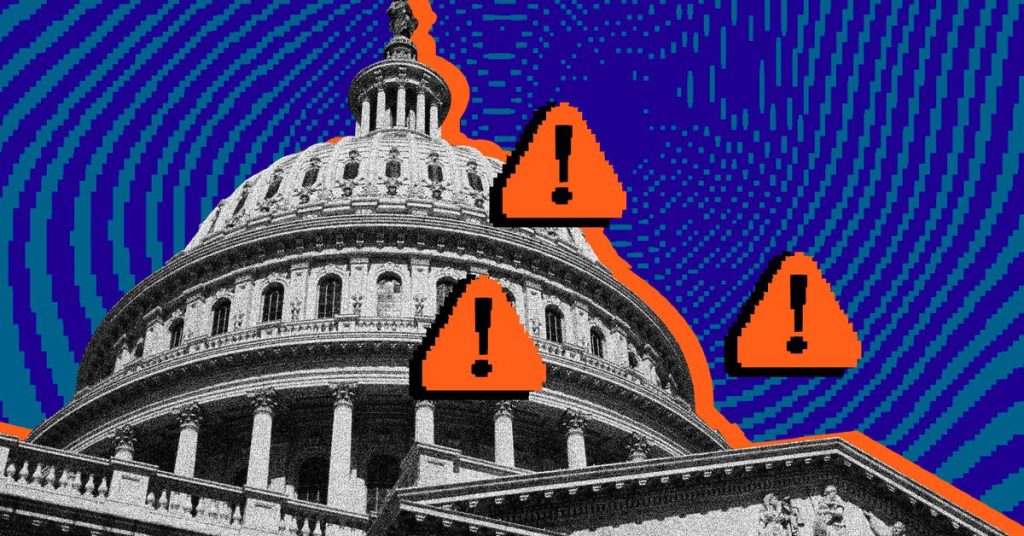Legislators Propose Plan to Reform Section 230
Introduction
Two legislators, E&C Chair Cathy McMorris Rodgers (R-WA) and Ranking Member Frank Pallone (D-NJ), have introduced a plan to reform Section 230 of the Communications Decency Act. They propose giving Congress 18 months to develop a new framework to replace Section 230, or risk losing it entirely. This move aims to compel legislative action on a law that has faced bipartisan criticism for years.
“Big Tech lobbied to kill them every time. These companies left us with no other option.”
The Purpose of Section 230
Section 230 protects social media platforms from being held liable for user-generated content. It also allows these platforms to moderate content without the fear of legal repercussions. Industry advocates argue that this is crucial for maintaining open conversations and keeping harmful content off mainstream services. However, as tech companies have grown more powerful, many policymakers have become critical of the law.
Diverging Views on Reform
Republicans and Democrats have different visions for how Section 230 should be reformed. Republicans often seek fewer protections for content moderation to combat perceived censorship of conservative views. In contrast, Democrats generally want platforms to increase content moderation to remove harmful material.
“I do really worry that’s the unintended consequence here”
Hearing Highlights
During a recent hearing, experts from both sides of the debate discussed potential reforms. Kate Tummarello, executive director of startup advocacy group Engine, shared her concerns about the unintended consequences of repealing Section 230. She recounted her experience seeking reproductive care information online and expressed fears that removing Section 230 protections could limit access to such vital resources.
Victims rights attorney Carrie Goldberg and Organization for Social Media Safety CEO Marc Berkman argued that fears of a flood of lawsuits following a repeal are exaggerated. Goldberg noted that legal actions still require a cause and can take years to resolve. Tummarello countered that even without successful lawsuits, removing Section 230 could pressure tech companies to remove lawful speech.
Generative AI and Section 230
Lawmakers also explored how Section 230 would apply to content generated by AI. Goldberg warned that companies might use Section 230 to avoid liability for AI-generated content. Berkman highlighted concerns with Snapchat’s AI bot, which engaged in mature conversations despite the platform’s young user base. Tummarello mentioned that startups are using AI to identify and moderate harmful content.
The Path Forward
While many legislators are open to some level of Section 230 reform, not all support the proposed sunset of its protections. McMorris Rodgers would need to bring the proposal to a vote before the full committee for it to advance. Rep. Jay Obernolte (R-CA) expressed concerns about increasing litigation, suggesting that Congress should directly outlaw specific harmful acts instead.
“This is where I start to have a problem,” said Rep. Jay Obernolte (R-CA). “It seems like the premise of repealing 230 is that the world would be a better place if we just all sued each other more often.”
Conclusion
The proposal to reform Section 230 aims to address longstanding bipartisan concerns about the law. However, the path to achieving consensus remains uncertain, with differing views on the best approach to balance content moderation and free speech.

3 Comments
Why don’t they just admit they’re confused about the internet and move on?
Have they even considered the implications for free speech!
More government tinkering with internet laws?